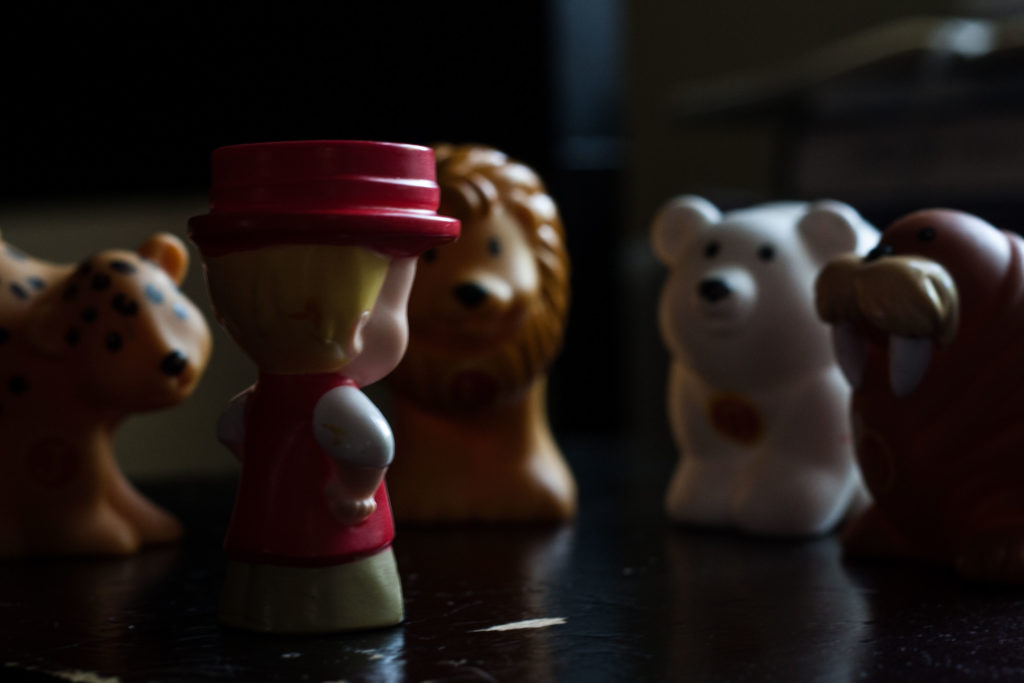Have a drink at: The Central Park Zoo
Gordon Bennett!
Ask about: Does the gift shop sell firearms?
Highly partisan news engineered to manipulate media and line the owners’ pockets has become particularly virulent in current politics – and, thanks to the wackadoo likes of Alex Jones, highly visible as well – but it is not the first time this has happened. Manufacturing news whole cloth – for personal gain, sensationalism, manipulation or pure amusement – is nothing new. The New York Herald, under the 19th century management of James Gordon Bennett, Jr., was a regular exercise in information manipulation and partisan journalism. And if you think the gay frogs were a bad trip, just consider the rhinoceros that wrecked Manhattan.
On November 8, 1874, staff at Bennett’s Herald signed off on a tremendous story to break in the next day’s first edition: an animal jailbreak at the Central Park Zoo.
If the story was to be believed, a sunny tourist attraction had gone suddenly, grotesquely bad, resulting in a bloody rampage across Manhattan: panthers, polar bears, tigers and a particularly tetchy rhinoceros set loose upon an unsuspecting public.
Gory is an understatement: a panther set upon midtown, “gnawing horribly” on a victim’s head while the rhinoceros, defying gunfire with a hide like wrought iron, brutally gored its keepers. Lincoln the lion “paralyzed the coolest calculations and scattered half a hundred armed and unarmed men like chaff before the wind.”
Police and national guard were beside themselves while a phalanx of big cats brawled with themselves and bystanders, wild with fear and aggression. The leopard, “after killing a little child and mutilating several women,” made his way into a bird enclosure and made lunch of everything. An African lioness, “after saturating herself in the blood of eighteen victims – men, women and children – was finally killed at Castle Garden,” thanks to an errant party of emigrant Swedish hunters who’d pit-stopped in the city on their way to become Nebraska farmers. No less than Governor John Dix shot the marauding Bengal tiger at Madison and 34th.
“It would be impossible at this late hour,” wailed the Herald, “to describe the numberless scenes of dismay and disaster. The hospitals are full of wounded. There are fifteen bodies at the morgue, and several in the various precincts. A sentiment of horror pervades the community.”
The paper urged: “All citizens, except members of the National Guard, are enjoined to keep within their houses or residences until the wild animals now at large are captured or killed.” The sound of cannon fire would announce the all-clear.
Only folks who bothered to read to the end of the lengthy article discovered that “Of course the entire story given above is a pure fabrication. Not one word of it is true.”
The whole story had been the brainchild of Herald staff, who while taking a day’s walk through Central Park noticed how weak the animals’ cages appeared, and since they knew that the only thing editor Bennett loved more than a scandal was firing unproductive writers, they figured a large-scale public hoodwink was the way to ask: is New York’s disaster planning up to snuff?
It took a few days for copycat coverage and precautionary gun-toting to cool down, and the New York Times justifiably horsewhipped the Herald in an editorial on November 10th: while it acknowledged the zoo boasted the “flimsiest cages ever seen,” the Times called foul on the Herald for preying on the fears of parents – many of whom, having sat with the morning paper after dropping children to school, panicked after reading paragraph one and took off like a shot to pick the kids up early. “If these charming sketches of dead children and dying old ladies do not move the reader to roars of laughter, his sense of fun must be somewhat different from that which the proprietor or editor of the New-York Herald has been endowed.”
Then, as now, people wondered how far away rock bottom might be: “It appears that there may sometimes be an advantage in having no character to lose, for then whatever offenses one may commit, people only shake their heads and ask, what else was to be expected?”
Fun Facts:
James Gordon Bennett, Jr. was a wealthy playboy, in the habit of taking drunken nude carriage rides through city streets (really): he’d get seriously plastered, drive hell-bent for leather around the city, and if it was a particularly thrilling ride, he’d take off his clothes and fly down the road naked except for a white silk top hat and his cigar.
Unsurprisingly, Bennett believed in making news rather than passively reporting it: he inserted himself into the famous “Bone Wars” between paleontologists Edward Drinker Cope and O.C. Marsh, driving the conflict with publicity on Cope’s behalf; sent Henry Stanley to search for Livingstone in Africa; and covered General Custer extensively.
One author describes Bennett as “an alcoholic sociopath who committed a crowning sexual peccadillo so embarrassing that it still makes a reader squirm, over a century later.” Spoiler alert: he celebrated New Year’s 1877 by drunkenly peeing into his fiance’s living room (whether it was into the fireplace or the grand piano is disputed).
Arriving at a favorite restaurant once to find the place full up, he bought the place on the spot and immediately evicted diners from his favorite table. Suffice it to say, the British still use the phrase “Gordon Bennett!” to express gobsmacked surprise.
Additional Reading:
“Awful Calamity. Wild Animals Broken Loose from Central Park,” New York Herald, November 9, 1874
“Practical Jokes.” The New York Times, November 10, 1874.
Don Carlos Seitz, The James Gordon Bennetts, Father and Son, Proprietors of the New York Herald (1928)
Robert E. Bartholomew and Benjamin Radford, The Martians Have Landed!: A History of Media-Driven Panics and Hoaxes (2012)
Sarah Burns, “Party Animals: Thomas Nast, William Holbrook Beard, and the Bears of Wall Street,” The American Art Journal, Vol. 30, No. 1/2 (1999)

